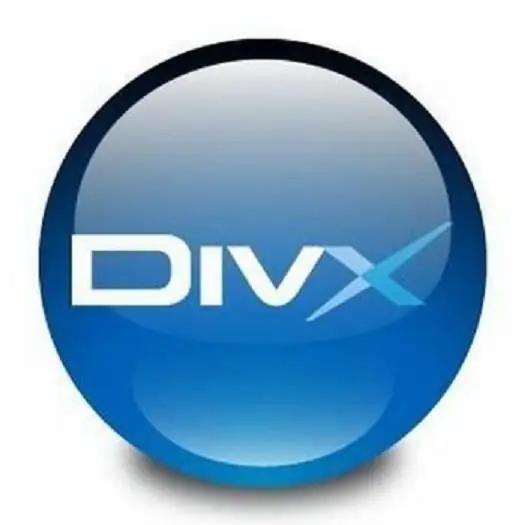One of the most popular video compression codecs using the MPEG-4 algorithm is the DivX codec. This codec is included in the K-Lite packages. DivX encoded files are read by most hardware video players and some DVD players. Almost all software players provide viewing of this type of video files.

Necessary
- - computer;
- - K-Lite package;
- - Virtual Dub program;
- - the Avidemux program;
- - a package of reference documents for reproducing equipment.
Instructions
Step 1
If you want to convert your existing video file to DivX without much difficulty, use the free Avidemux software. After installing this program, open the video file you need and select MPEG-4 ASP (lavc) in the Video tab. It is best to set MP3 in the Audio tab.
Step 2
Optionally, you can change the Video and Audio parameters using the corresponding Filtres tabs. Then select Save from the File menu, then Save Video. Set the file name and extension. The standard extension for DivX encoded files is AVI. Converting the file will take some time.
Step 3
Avidemux uses the built-in DivX codec. This version of the codec may not match the one decoded by your hardware player. It is possible that you need older DivX codecs. In this case, use Virtual Dub. For this program to work, you need to install the K-Lite codec pack on your computer.
Step 4
Launch Virtual Dub and open the desired video file in it. On the Video menu, click the Compression tab. Here you will have a large selection of codecs. For videos up to HD 720p, you can use the DivX 4.02 codec. From the offered versions of this codec, you need to choose the one that suits you best. DivX 4.02 Fast Motion better conveys fast motion, and DivX 4.02 Low Motion has better detail.
Step 5
Virtual Dub preserves the audio compression of the original file by default. If you need to change the codec and audio parameters, use the Audio menu tab. Again, it's better to make your choice on the mp3 codec. You should not set the bitrate of the audio file higher than that of the original file, this will not improve the playback quality, but will only increase the size of the future video.
Step 6
Be sure to consider the frame size and aspect ratio before converting. The choice here depends on the device on which you will be viewing the processed video. So, for example, if your TV has a 4: 3 aspect ratio, then you may have to resort to filling the top and bottom margins with neutral (preferably black) colors. In Virtual Dub, this can be done using the Resize filter.
Step 7
You can also resize the frame with the Resize filter. This operation is dictated by the capabilities of the hardware player, since exceeding the maximum frame size can lead to slowdown or failure of the playback device.






